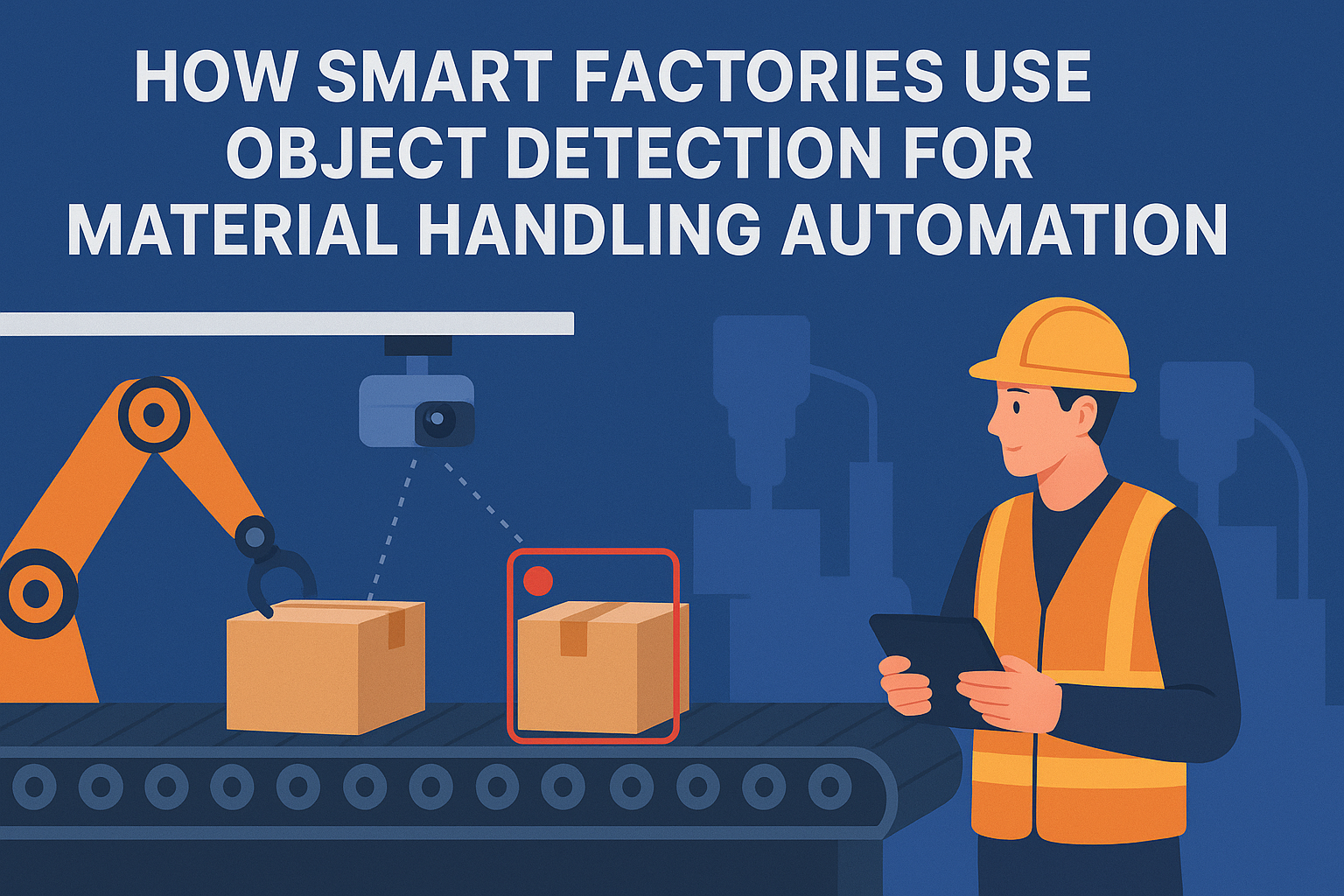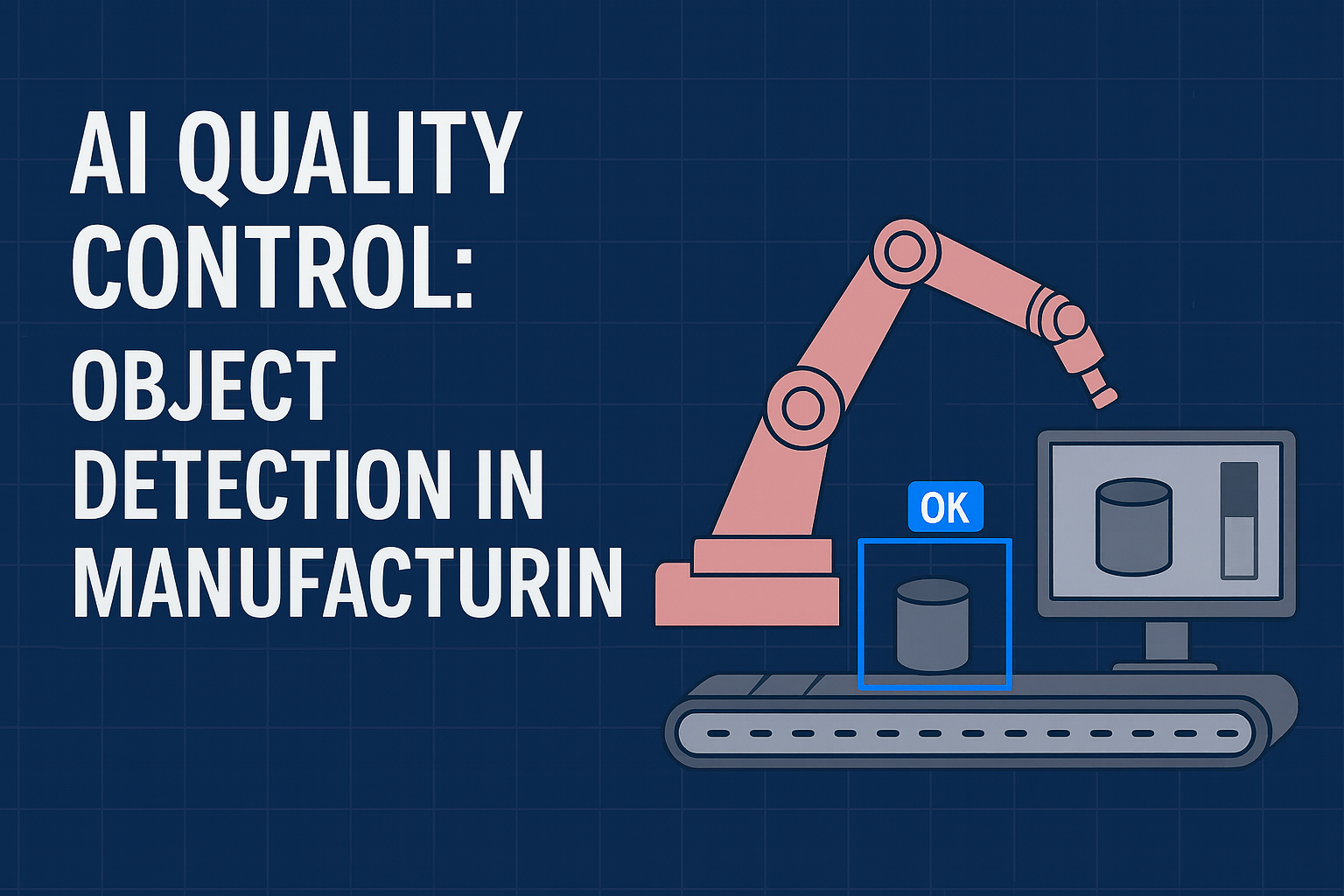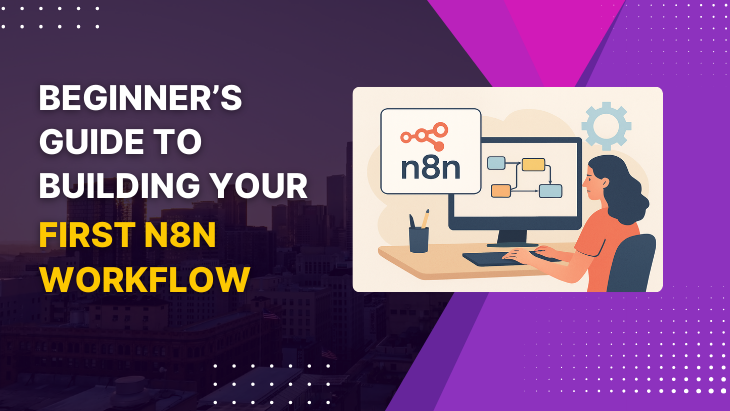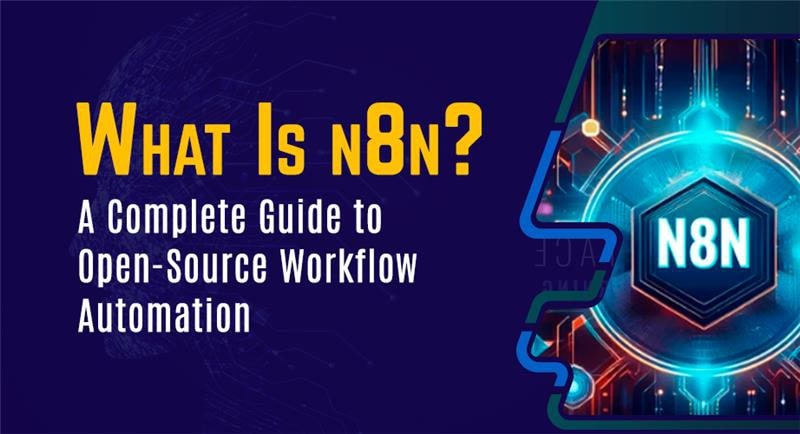Education has always been a cornerstone of human development and progress. In the 21st century, the integration of technology, particularly machine learning, has ignited a revolution in the education sector. Machine learning, a subset of artificial intelligence, has the potential to transform how we learn, teach, and manage educational systems. In this comprehensive exploration, we will delve into the ways in which machine learning is enhancing the future of education.
I. Personalized Learning Paths
1.1 Traditional vs. Personalized Learning
Traditional classroom settings often struggle to cater to the diverse needs of students. Machine learning algorithms can analyze individual learning styles, preferences, and capabilities to create personalized learning paths. Adaptive learning platforms use data analytics to tailor content, pacing, and assessments, ensuring that students receive the support they need to succeed.
1.2 Benefits of Personalized Learning
Improved Engagement: Personalized content is more engaging, increasing students' motivation to learn.
Enhanced Retention: Tailored learning experiences can lead to better information retention.
Closing Learning Gaps: It helps address gaps in knowledge and skills more effectively.
Faster Progress: Students can progress at their own pace, reducing the risk of falling behind.
Data-Driven Insights: Educators gain valuable insights into individual and group performance.
II. Intelligent Tutoring Systems
2.1 The Rise of AI Tutors
Intelligent Tutoring Systems (ITS) powered by machine learning algorithms act as virtual tutors. They provide real-time assistance to students, offering explanations, solving problems together, and tracking progress. These AI-driven tutors are available 24/7, ensuring students have support whenever they need it.
2.2 Benefits of AI Tutors
Instant Help: Students can receive immediate feedback and guidance.
Customized Support: AI tutors adapt to individual learning needs and pace.
Data-Driven Insights: Educators can access data on students' interactions to refine teaching strategies.
Scalability: AI tutors can support a large number of students simultaneously.
III. Predictive Analytics for Student Success
3.1 Early Intervention
Machine learning models can predict student outcomes and identify those at risk of falling behind. By analyzing historical data, student behavior, and performance patterns, these models help educators intervene early, providing targeted support to struggling students.
3.2 Retention and Graduation Rates
In higher education, predictive analytics can be used to improve retention and graduation rates. By identifying factors contributing to student attrition, institutions can implement proactive measures to keep students on track.
3.3 Resource Allocation
Educational institutions can optimize resource allocation using predictive analytics. This includes distributing teaching resources, support services, and financial aid more effectively, ultimately enhancing the overall student experience.
IV. Language Processing for Enhanced Learning
4.1 Language Learning
Machine learning-powered language processing tools, such as chatbots and language translation apps, facilitate language learning. These tools help learners practice speaking, listening, and writing in a foreign language,
making language acquisition more accessible.
4.2 Content Accessibility
Machine learning enables automatic transcription, closed captioning, and translation services. This ensures that educational content is accessible to a wider audience, including those with disabilities or those who speak different languages.
V. Gamification and Immersive Learning
5.1 Gamification
Gamification, combined with machine learning, offers engaging and interactive learning experiences. Machine learning algorithms analyze student behavior within gamified systems to adapt challenges and rewards, keeping learners motivated and progressing.
5.2 Virtual Reality (VR) and Augmented Reality (AR)
Machine learning enhances the development of VR and AR educational applications. These technologies create immersive environments where students can explore subjects like history, science, and art firsthand. Machine learning refines these experiences by tailoring content to individual preferences and learning styles.
VI. Automating Administrative Tasks
6.1 Administrative Efficiency
Machine learning streamlines administrative tasks, such as scheduling, enrollment, and grading. Chatbots and automated systems can handle routine inquiries and provide administrative support, freeing up educators' time for more valuable tasks.
6.2 Resource Allocation
Machine learning helps institutions allocate resources efficiently. By analyzing data on classroom usage, student enrollment, and resource availability, schools and universities can optimize the use of facilities and equipment.
VII. Continuous Assessment and Feedback
7.1 Real-Time Assessment
Machine learning enables real-time assessment and feedback. Educators can use data analytics to monitor student progress throughout a course, identifying areas where additional support is needed.
7.2 Personalized Feedback
Machine learning algorithms can generate personalized feedback for students. This feedback can be tailored to their specific strengths and weaknesses, helping them improve their performance over time.
VIII. Challenges and Considerations
8.1 Data Privacy
As machine learning relies on data, concerns about data privacy and security are paramount. Educational institutions must implement robust safeguards to protect sensitive student information.
8.2 Bias and Fairness
Machine learning algorithms can inadvertently perpetuate biases present in training data. It is crucial to address algorithmic bias to ensure fair and equitable educational opportunities for all students.
IX. Preparing Educators for the Future
9.1 Professional Development
Educators need training and professional development opportunities to effectively integrate machine learning tools and strategies into their teaching practices. Continuous learning is essential to leverage the full potential of these technologies.
9.2 Redefining Roles
As machine learning automates certain tasks, the roles of educators may evolve. Educators become facilitators, mentors, and guides in personalized learning journeys, focusing on nurturing critical thinking and problem-solving skills.
Conclusion: A New Era of Education
Machine learning is ushering in a new era of education, one characterized by personalized learning, data-driven insights, and innovative teaching methods. It has the potential to break down barriers to learning, making education more accessible and effective for learners of all ages. As we continue to harness the power of machine learning in education, we must do so responsibly, ensuring that technology enhances, rather than replaces, the vital role of educators in shaping the minds of future generations.
In this transformative journey, the future of education is bright, adaptive, and filled with endless possibilities.








Leave a reply